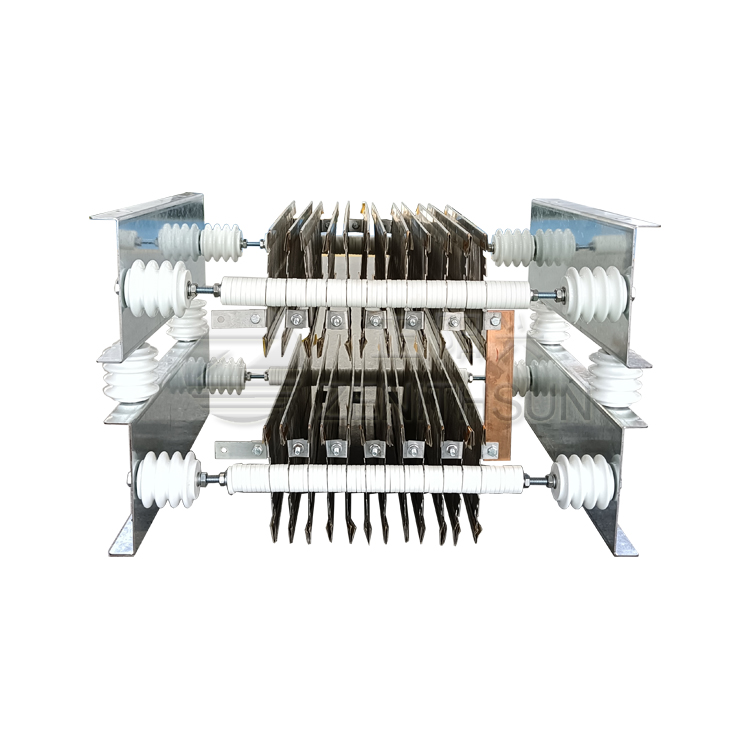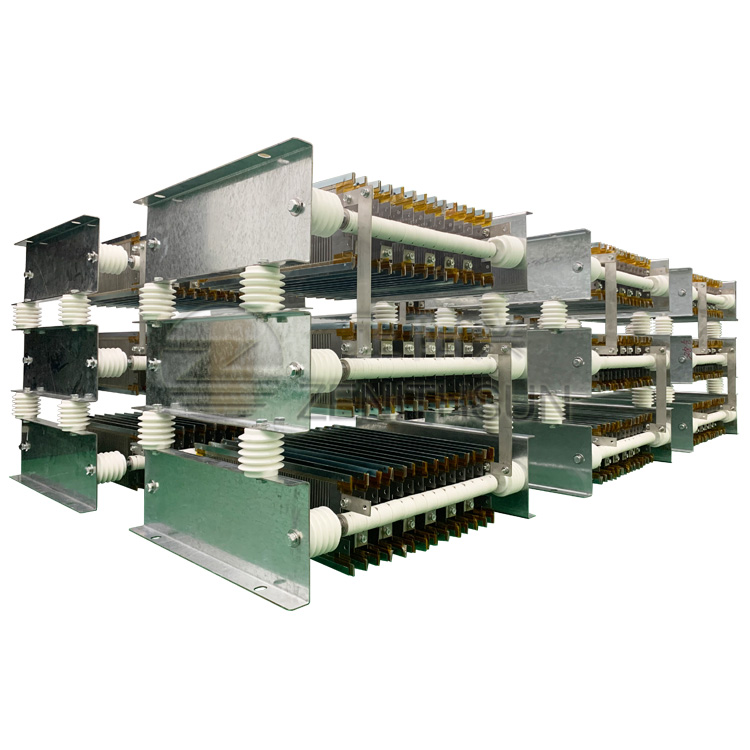Stainless steel resistors typically consist of resistors, insulators, internal jumpers, and cabinet resistors.
The resistor’s resistor in stainless steel resistors is made of special carbon steel material, which has a small temperature coefficient and minimal resistance value changes during operation. For a single design plan, the fixing scheme of the ground bolt strength components in stainless steel resistors offers simple connection, attractive appearance, and convenient inspection compared to traditional electric welding.
Insulation components, such as those between the resistor lugs and the brackets, are made of high-temperature-resistant materials.
Stainless steel resistors have five main features:
1) They use advanced technology called “electrode” connection, which replaces traditional connection methods. The welding process ensures a solid connection with an effective welding area of at least 80m.
2) They are suitable for a wide range of applications, including AC 50Hz, 1000V voltage, and DC power supply.
3) They are corrosion-resistant in high-temperature and high-humidity environments due to the absence of corrosive elements.
4) The stainless steel resistance element is stamped using special equipment, allowing for a wide range of resistance values. By choosing stainless steel resistors, resistivity can be increased by approximately 20%, resulting in cost savings and reduced power loss compared to traditional resistance boxes. Additionally, there is no need for induction, leading to a power saving of about 35%.
5) The stainless steel resistance connecting plate is welded to the resistor element and mounted on fixed rods and brackets using insulators. This design eliminates electromagnetic induction, significantly reducing power loss.








